Crew 204 Operations Report 08- FEB – 2019
SOL: 11
Name of person filing report: Kunal Naik (Space_bot)
Non-nominal systems: None
Notes on non-nominal systems: N/A
Generator (hours run): Turned on this evening by 1830 (8th Feb), Stopped by this morning 0900 (8th Feb)
Solar— SOC % – Turned off Gen (8th Feb) 77%, Turned on Gen (8th Feb) 72%
Diesel Reading – 30%
Propane Reading – ~ 55%
Ethanol Free Gasoline – 10 gallons
Water (Auxillary tank) – Not in use gallons
Water (Static tank) – around 58%, ~ 290 gallons
Auxillary to Static tank transfer – No
Gallons transferred: Not Applicable
Water in GreenHab – ~ 168 gallons
Water (loft) – 12 marked level
Static to Loft Pump used – yes
Water Meter: 01409242 units
Toilet tank emptied: No
Deimos rover used: No, still not functional
Hours: N/A
Beginning charge: N/A
Ending charge: N/A
Currently charging: N/A
Sojourner rover used: ASSIGNED TO DIRECTOR
Hours: Not Applicable
Beginning charge: Not Applicable
Ending charge: Not Applicable
Currently charging: Not Applicable
Opportunity rover used: 1st EVA
Hours: 48.5 hours
Beginning charge: 100%
Ending charge: 42%
Currently charging: Yes
Curiosity rover used: 1st EVA
Hours: 73.6 hours
Beginning charge: 100%
Ending charge: 12%
Currently charging: Yes
Spirit rover used: 2nd EVA
Hours: 72.8
Beginning charge: 100%
Ending charge: 25%
Currently charging: Yes
Notes on rovers: None
ATV’s Used: None
Reason for use: Not used
Oil Added? N/A
ATV Fuel Used: Nope
# Hours the ATVs were Used today: None
Notes on ATVs: None
HabCar used and why, where? The car is in Workshop, not at the campus
Crew Car used and why, where? Off Campus
General notes and comments: None
Summary of internet: Nothing to report
Summary of suits and radios: Nothing to report
Summary of Hab operations: Nothing to report.
Summary of Green Hab operations: Nothing to report
Summary of Science Dome operations: Nothing to report
Summary of RAMM operations: Nothing to report
Summary of any observatory issues: Nothing to report.
Summary of health and safety issues: Nothing to report.
Questions, concerns and requests to Mission Support: None
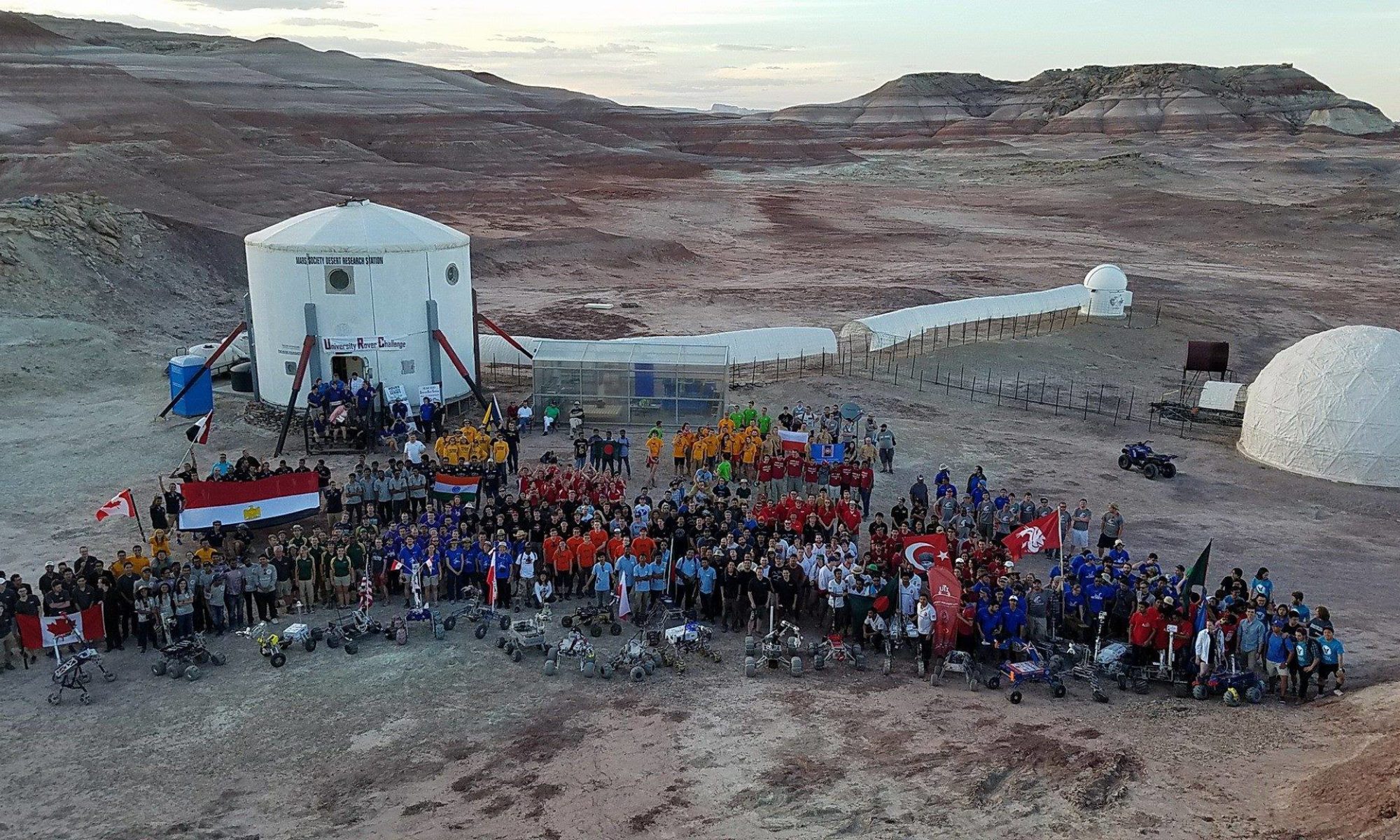

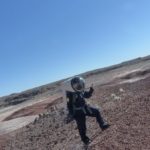
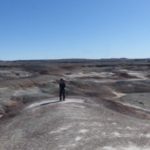
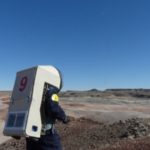
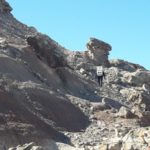
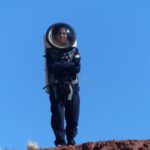
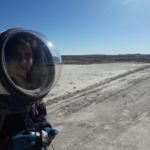
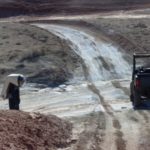
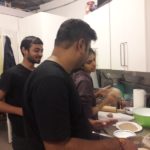
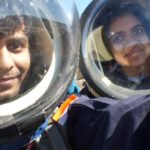
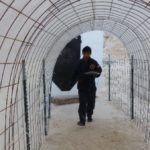
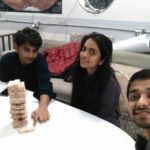
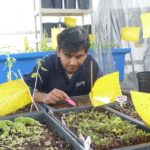
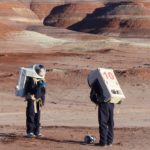
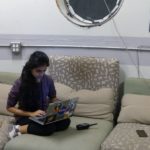
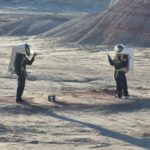
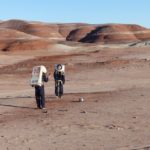
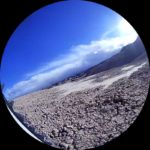
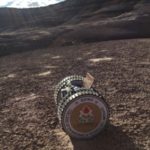
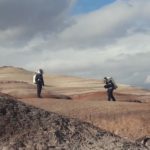
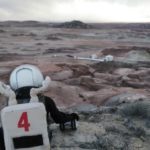
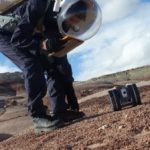
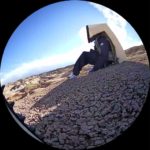
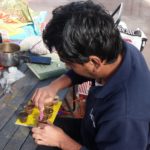
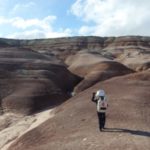
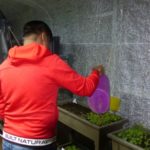
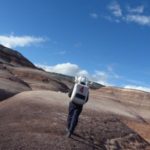
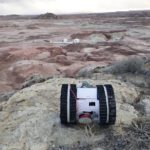
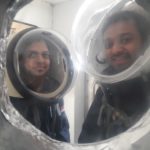
You must be logged in to post a comment.